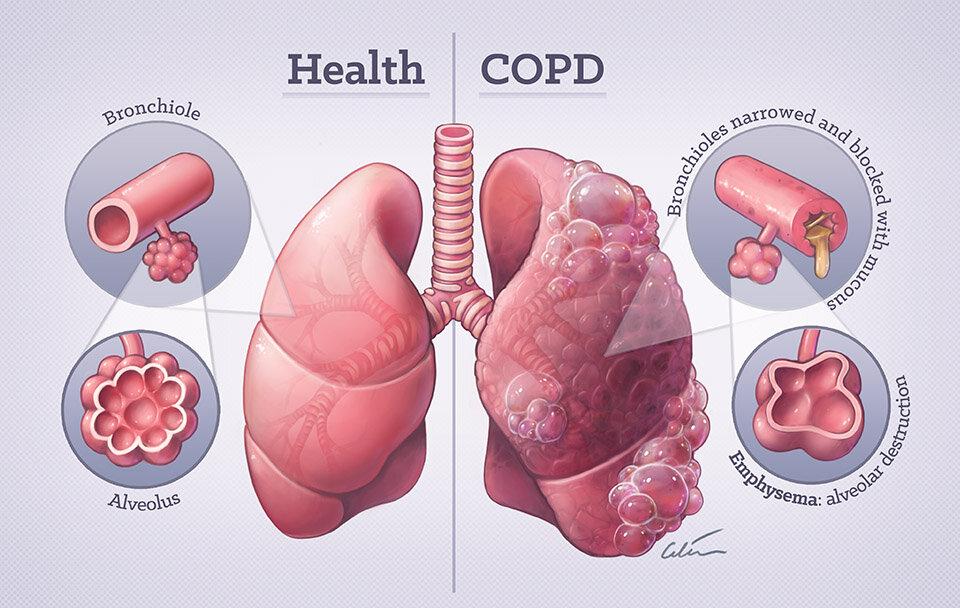Technology has made significant developments in many industries and can disrupt major health care practices. From lab-on-a-chip devices that make medical testing more affordable to mobile technology that helps doctors and patients communicate, there are plenty of trends that are reshaping the way we conduct health care. This article will highlight several technologies that help revolutionize the health care industry and those that are still emerging.
1. Lab-on-a-Chip
The major problem with diagnosing diseases is that it can be costly and time-consuming. To combat this, the use of lab diagnostic devices has skyrocketed and continues to grow. Lab-on-a-chip devices are at the forefront of leveraging new developments in microelectronics to make medical testing more affordable, simple, and effective. These microdevices incorporate elements in a single unit, including a microfluidic device and a sensor element. The devices are small, portable, and cheap enough to be disposed of after use.
2. Wearables
Wearable technology is emerging in the health care industry as a new tool to improve patient care and increase time efficiency. The proliferation of these devices has led to more significant investments in “mHealth” applications (mHealth apps are those specific for health that operate on mobile devices). The demand for mHealth apps is expected to increase as wearables enable a more convenient and efficient way for doctors and patients to communicate.
3. Virtual Reality
Virtual reality (VR) is the experience of using a computer program that simulates a three-dimensional experience by replacing physical reality with computer-generated imagery. According to the World Economic Forum’s Global Industry Analyzer report, VR and augmented reality (AR) market will grow to $162 billion by 2025. In the health care industry, VR is being used to help physicians train surgeons and provide realistic simulations of various surgical procedures before they are performed.
4. Artificial Intelligence
Artificial intelligence (AI) has the potential to transform how we conduct health care. Through the help of AI training data, AI-based systems can predict conditions, detect abnormalities and make recommendations for treatment based on data collected from a patient’s medical record or genome. High-end AI services may someday read a patient’s genome and give the patient personalized treatment recommendations.
5. Robots
Healthcare-related robots are designed to improve efficiency in the operating rooms, connect patients with specialists, and meet other health care needs. Healthcare-related robots have been used in an increasing number of hospitals, but it is not yet clear whether these advances will improve patient outcomes or reduce costs.
As of June 2016, Medicare was spending $5.4 billion on healthcare robots for use in the hospital environment. The first use of a surgical robot in the United States was in 1997 at Johns Hopkins Hospital. Today, robotic surgery is used to perform over 80% of all operations across the United States. The most common procedure that robots are used for is hernia repair.
6. Technology Contracting
Technology contracting is a market sector that includes purchasing services from small companies or individuals who provide solutions via technology-enabled contracts. In health care, contracting groups provide solutions for using technology to keep track of medical records, organize medical information and improve care. According to a report by Market Research Engine, technology contracting is one of the fastest-growing markets in the health care industry and will reach $399 billion in 2024.
7. Treatment Tracking
Healthcare companies are increasingly trying to anticipate the needs of patients before they have even expressed symptoms or requested services. Treatment tracking is the process of documenting individual treatments and keeping records of these treatments to be accessed at any time. For patients, this means that they can quickly access their medical history and check if they’re receiving the proper treatment. This means they can immediately identify illnesses and assess patient needs for providers. Treatment tracking will become more important as health care centers try to ensure that patients are receiving high-quality care.
In addition, there are also healthcare system utilization management resources that can help better streamline data with predictive analytics that gives hospital staff a clear view of medical necessities for each patient. This enables a new level of collaboration and communication.
8. Telehealth
Telehealth is an emerging trend using mobile devices for remote diagnosis, communication, and treatment. Several apps allow patients and doctors to communicate from different locations without physically meeting up in person. This can help improve the quality of communication between physicians and their patients. With the increase in telehealth options, it is expected that many people will start using telehealth tools to communicate with their doctors or rely on remote diagnosis via apps. Telehealth usage is skyrocketing, and its use as a medical practice management tool is projected to increase by 14% by 2024. There are also plans for online versions of these systems to access them even remotely.
Closing Thoughts
In conclusion, it is clear that technology has made tremendous advancements in medical care. However, these advancements need to be correctly and carefully incorporated into the healthcare system; otherwise, the already significant obstacles presented by a highly-regulated industry will only increase in complexity. Technology needs to be trusted, and it needs to be used carefully and appropriately to have a positive impact on patient care.





